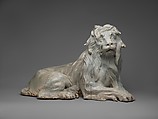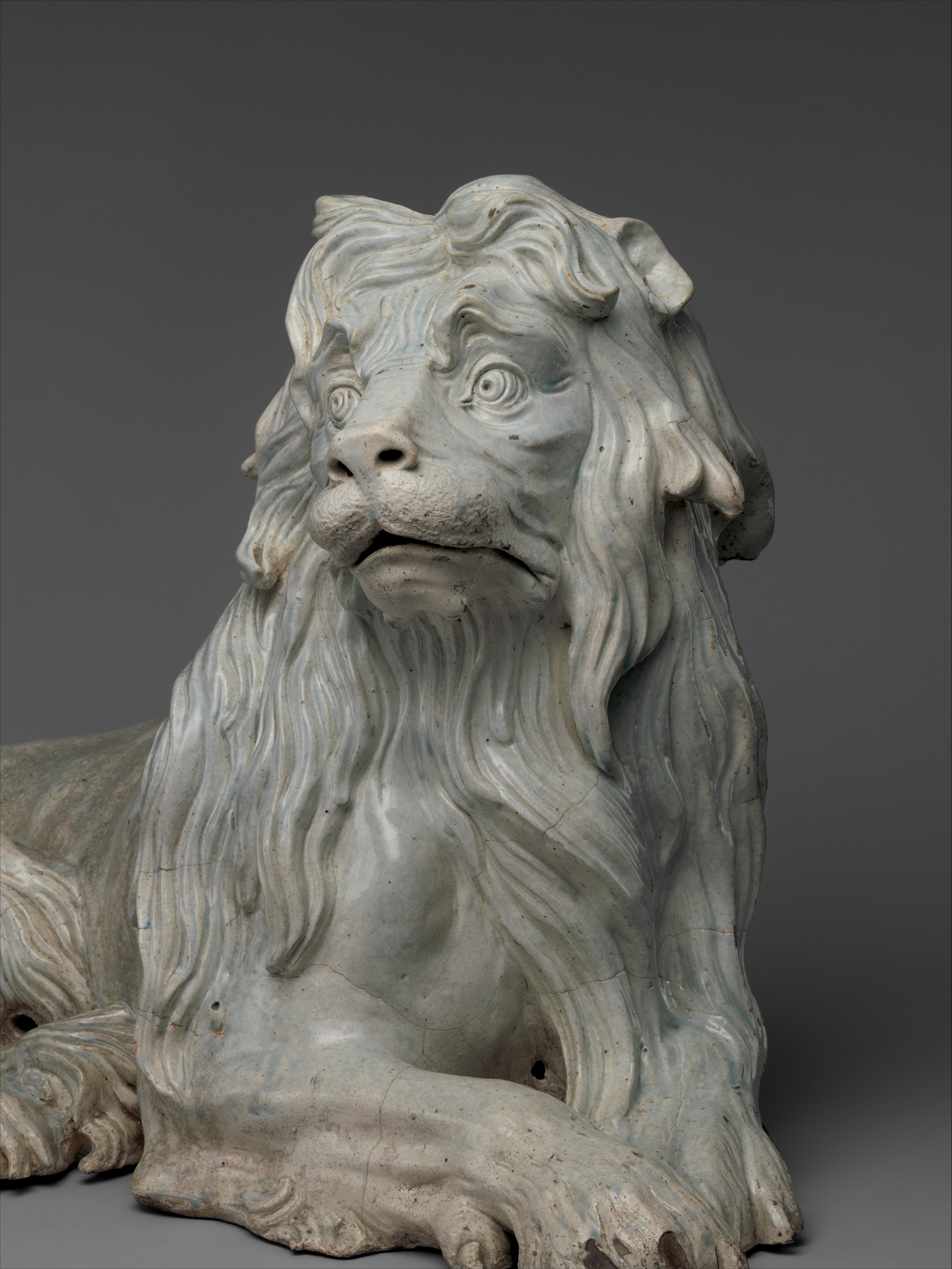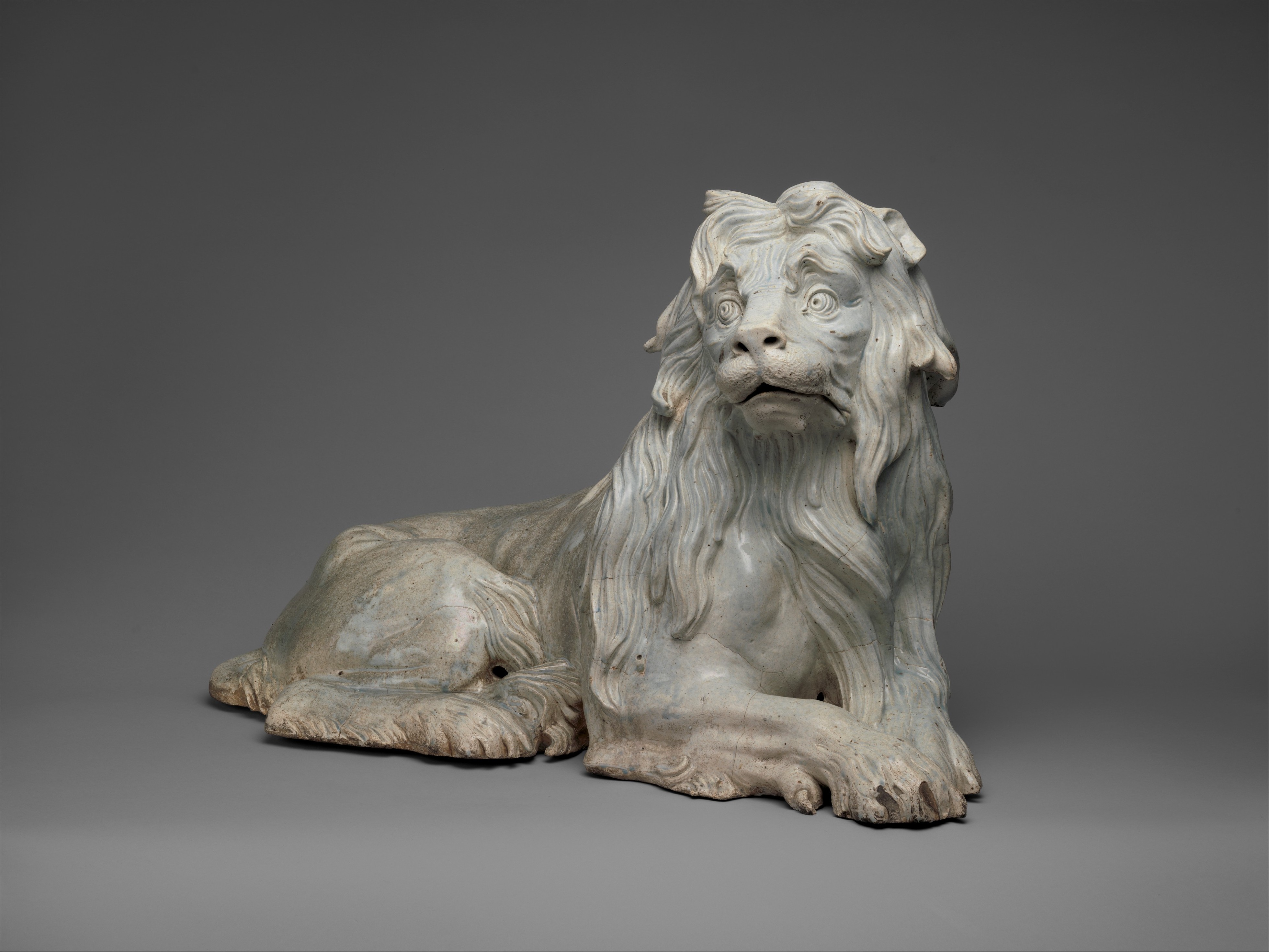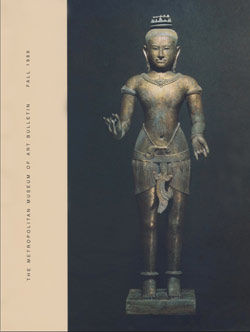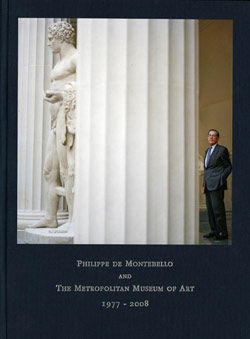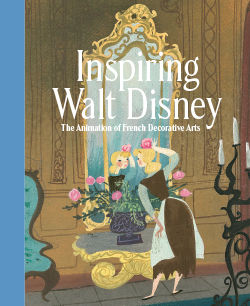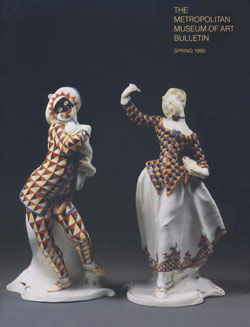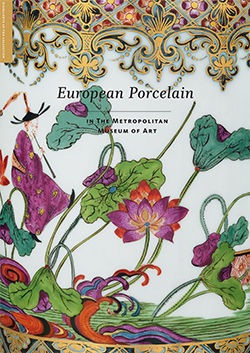Lion (one of a pair)
Manufactory Meissen Manufactory German
Modeler Johann Gottlieb Kirchner German
One of the most ambitious projects undertaken by any ceramic factory during the eighteenth century was the creation of a menagerie of porcelain animals by the Meissen factory in the first half of the 1730s. These figures of a lion and lioness were part of a vast commission of mammals and birds that was initiated at the factory by 1730.[1] and all of the animals were intended for display in the Japanese Palace, which was situated on the Elbe River in Dresden. In 1717, August II (1670–1733), commonly known as Augustus the Strong, elector of Saxony, king of Poland, had purchased a much smaller building on the site, then known as the Dutch Palace. It was initially used for court festivities, but by 1725 it was decided that the Dutch Palace should be the setting for the vast holdings of porcelain amassed by Augustus the Strong and renamed the Japanese Palace. Construction commenced in 1729 to significantly remodel and expand the palace, and while plans were continually modified in the early 1730s, the intention was to display the Chinese and Japanese porcelains on the ground floor while reserving the upper floor for Meissen porcelain.[2] A large gallery on the upper floor was to be devoted to the porcelain animals, but the Japanese Palace had not been completed by the time of Augustus’s death in 1733. Work continued after 1733 on both the palace and the production of the animals; nevertheless, the entire project was abandoned by 1740 due to a variety of political factors and despite the initial commitment shown by August III (1696–1763), the son of Augustus the Strong.[3]
No precedent existed for a project of this scope in terms of scale of the commission and the individual figures. A factory order from late 1733 lists 296 figures of 37 different mammals, and 292 birds of 32 different varieties, which represented the commission at its maximum size.[4] The technical challenges involved in producing these large figures were so extreme that the commission was never completed, although 159 mammals and 319 birds were inventoried in the Japanese Palace in 1736,[5] the last year in which the figures were produced. The scale of the figures presented the most fundamental problem to the factory. Augustus the Strong had stipulated that the figures be lifesize, or as approximate to lifesize as possible, and the standard porcelain paste used by the factory was not durable enough to fabricate figures of this scale. Numerous experiments were conducted to make a paste capable of supporting the mass required by the size of the animals. The addition to the paste of ground- up pieces of fired porcelain provided one of the more successful remedies, but even with this fortified porcelain body, cracking was a common occurrence and source of constant concern. It was essential for the figure to dry thoroughly before the first firing, and both the sheer quantity of porcelain paste and the requisite thickness of the walls of the body meant that six to eight weeks of drying time were often needed in order for all the moisture in the clay to evaporate.[6] The first kiln firing, conducted at low temperature, was intended to stabilize the figure, which was fired a second time at a much higher temperature after the glaze was applied. Porcelain shrinks when subjected to the heat of the kiln, and this inevitable shrinkage contributed significantly to the problem of cracking.
Augustus the Strong not only wanted the porcelain animals to resemble in scale the actual animal depicted but also requested that the figures be colored naturalistically. In order to accomplish this stipulation with enamel colors, a third firing would have been necessary. It was clear the larger animals would not survive an additional firing; therefore almost all were colored with oil paints that did not need to be fired. This type of decoration, known as cold painting, did not produce satisfactory results, because the oil paints lacked the color saturation and glossy finish of fired enamel colors. The oil paints did not adhere well to the porcelain surface, and because they have darkened with time, most of these original surface treatments have been removed, because the peeling and discolored paints rendered the animals unsightly. The painting of the animals did offer the opportunity to disguise the cracks and blemishes, which were frequently numerous, and because many of the animals no longer bear their original decoration, they have come to be understood to modern eyes as “white” animals, whose musculature and coats can be more fully appreciated unobscured.
The work on the large animals almost certainly began in the second half of 1730, and it is known that modeler Johann Gottlieb Kirchner (German, b. 1706) (see 54.147.65a–c) and the recently hired sculptor Johann Joachim Kändler (German, 1706–1775) were creating models for various animals by September 1731.[7] The lion and lioness are the work of Kirchner, who produced the models for the two figures before August 1732.[8] The two recumbent lions are among the most ambitious of the animals created by him, and they are notable for having been conceived as a pair, with the lioness in the answering pose to that of the lion.[9] In his depiction of the two animals, Kirchner has not attempted to create realistic portraits of male and female lions. Both figures lie in a docile pose with front legs crossed and their heads turned toward the viewer. Each has an expression that has been described as contemplative, and their expressive eyes seem decidedly more human than animal. There is little sense in Kirchner’s depictions of the lions of the power and incipient danger for which they are known, despite the perception of muscular tension with which the figures are imbued. It has been suggested by Samuel Wittwer that Kirchner’s aim was to use the imagery of a lion as the king of animals to evoke the majesty of a human king, which by association would apply to Augustus the Strong, for whom the animals were created.[10]
While a total of twenty-four figures of both the male and female lions was ordered, it appears that a lesser number of each model were produced, despite the fact the calculation is made complex by a variety of factors. Seven of the male lions and five female lions are known to have survived, including the examples under discussion. The male lion now at the Museum is distinctive among this group for his pale- blue coloring. It is not clear why the lion’s glaze has a pale-blue tint, although it can be assumed that it was not done deliberately for aesthetic effect. It is possible that blue was added intentionally to the glaze to counter the brownish hue of the porcelain paste, or that a small amount of cobalt residue entered the glaze mixture by mistake.[11] As the lion was intended to be painted with oil colors, this defect would not have caused undue concern at the factory, and today we appreciate the blue tint as evidence of the technical struggles encountered in the production of these remarkable pieces of sculpture.
Footnotes
(For key to shortened references see bibliography in Munger, European Porcelain in the Metropolitan Museum of Art. NY: The Metropolitan Museum of Art, 2018)
1. The vast majority of the current knowledge of the commission and the porcelain animals themselves is due to the work of Samuel Wittwer, whose findings are published in Wittwer 2006.
2. Ibid., pp. 32–58.
3. Ibid., pp. 56–58.
4. Ibid., p. 67.
5. Ibid., p. 68.
6. Ibid., p. 83.
7. Ibid., p. 66.
8. Ibid., pp. 312–13. While Wittwer only attributes the lions to Kirchner, they are universally accepted as his work.
9. Ibid., indicating that the lion was conceived first.
10. Ibid., pp. 175–76.
11. Ibid., p. 86.
Due to rights restrictions, this image cannot be enlarged, viewed at full screen, or downloaded.
This artwork is meant to be viewed from right to left. Scroll left to view more.
